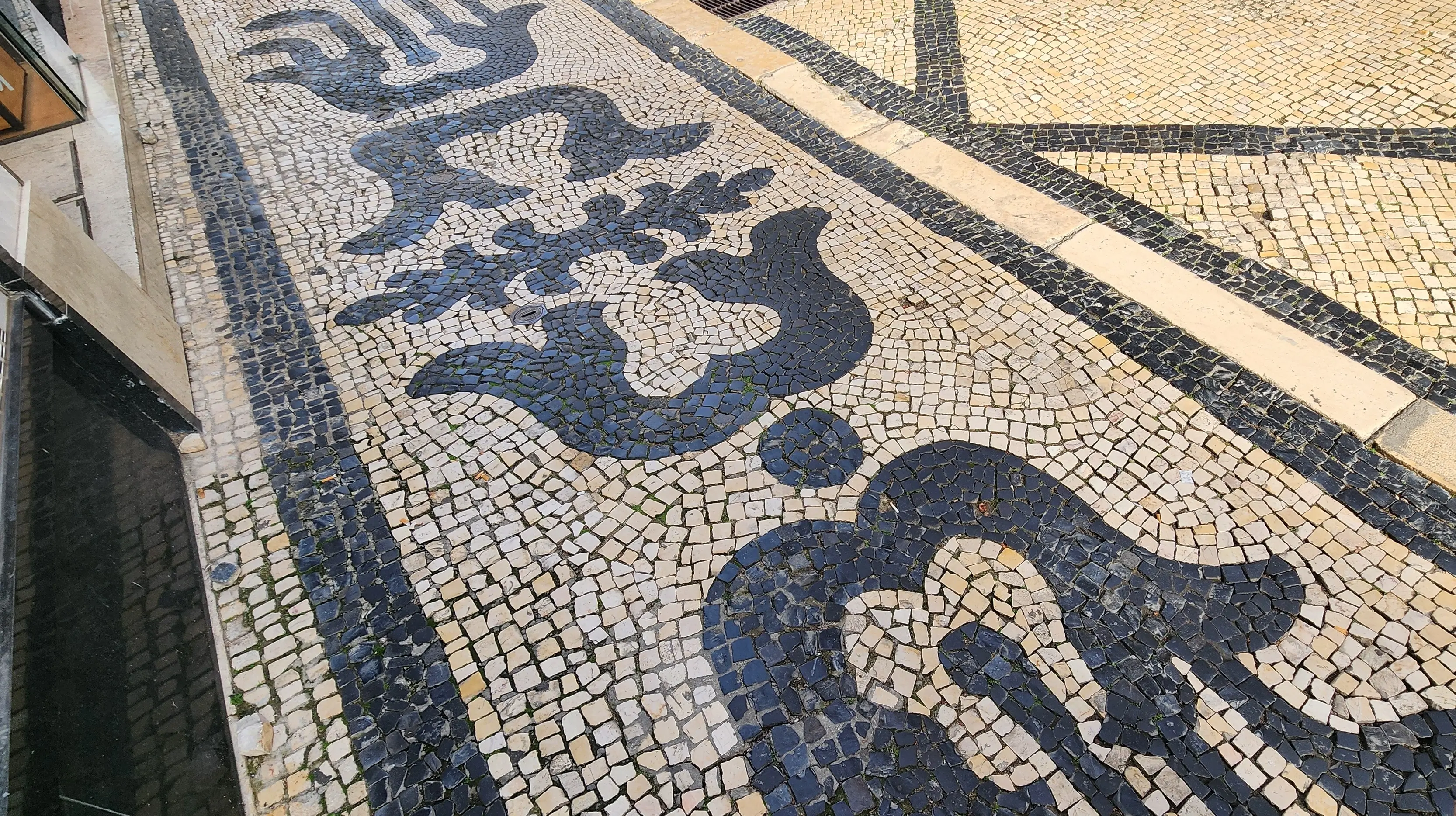Olá, friends! 🌟 It’s easy to fall in love with Lisbon at first glance: the pastel façades, the golden light, the trams trundling up cobbled hills. But what took me completely by surprise? The sidewalks! Lisbon’s sidewalks, known as calçada portuguesa, are a living, breathing form of street art. At first glance, they look like simple cobblestones—but then you realize they’re telling stories. Waves unfurl beneath your feet. Stars appear at street corners. Symbols swirl under open skies. It’s as if the city has laid out its dreams in black and white.
I remember pausing often, coffee in hand, just to admire them. Locals walked on by like it was no big deal. But for me, it was everything. A quiet reminder that beauty doesn’t always shout, it sometimes lives just beneath your step!
What is Calçada Portuguesa?
Calçada portuguesa (Portuguese pavement) is a traditional style of hand-laid stone mosaic that uses small limestone tiles—typically white and basalt black—to form patterns, pictures, and poetic paths. Born in the 19th century, this art form has become a beloved hallmark of Lisbon’s urban identity. Crafted by skilled workers called calceteiros, each design is chiseled and arranged by hand, often echoing maritime themes like waves, stars, ships, or compass roses. It’s an art that requires patience, craftsmanship, and an eye for balance.
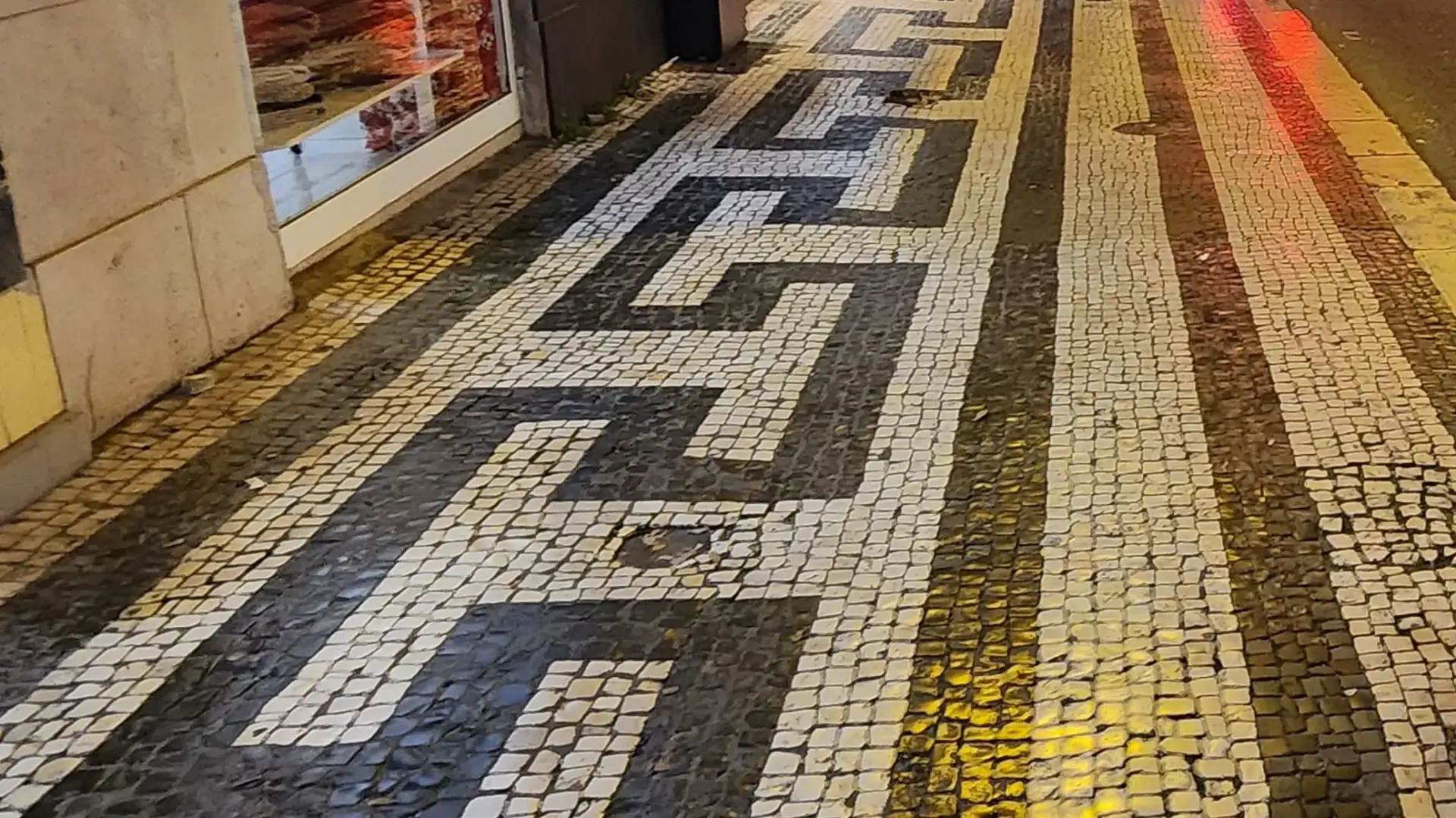
Where You’ll Spot the Most Stunning Sidewalks
You’ll find beautiful calçada all over Lisbon, but these spots completely charmed me:
Rossio Square: One of the most famous examples, with its hypnotic black-and-white wave pattern. Standing in the middle of it felt like floating.
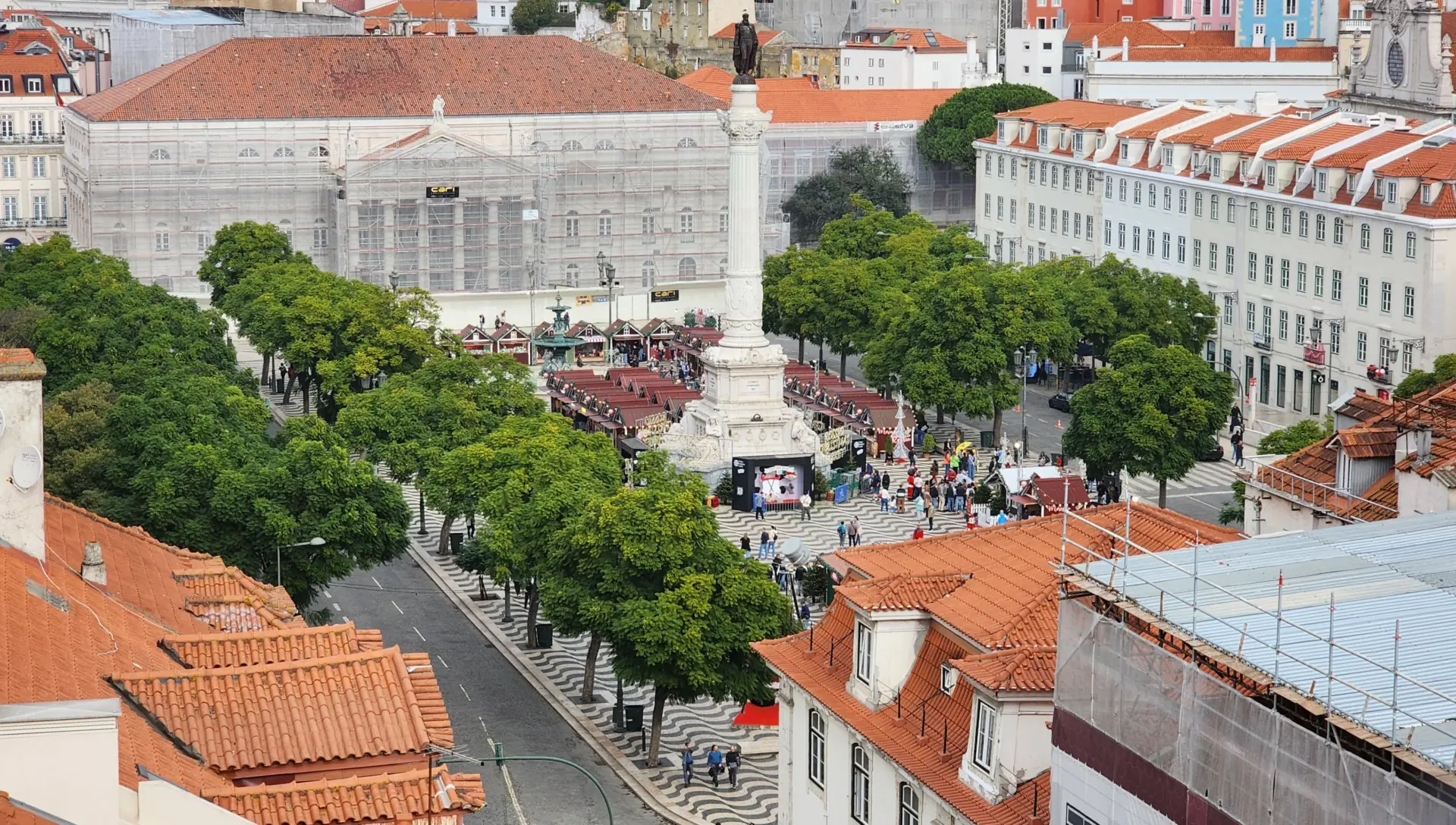
Avenida da Liberdade: Grand and glamorous, the sidewalks here feature floral patterns and regal geometric borders. It’s like walking on embroidered stone.
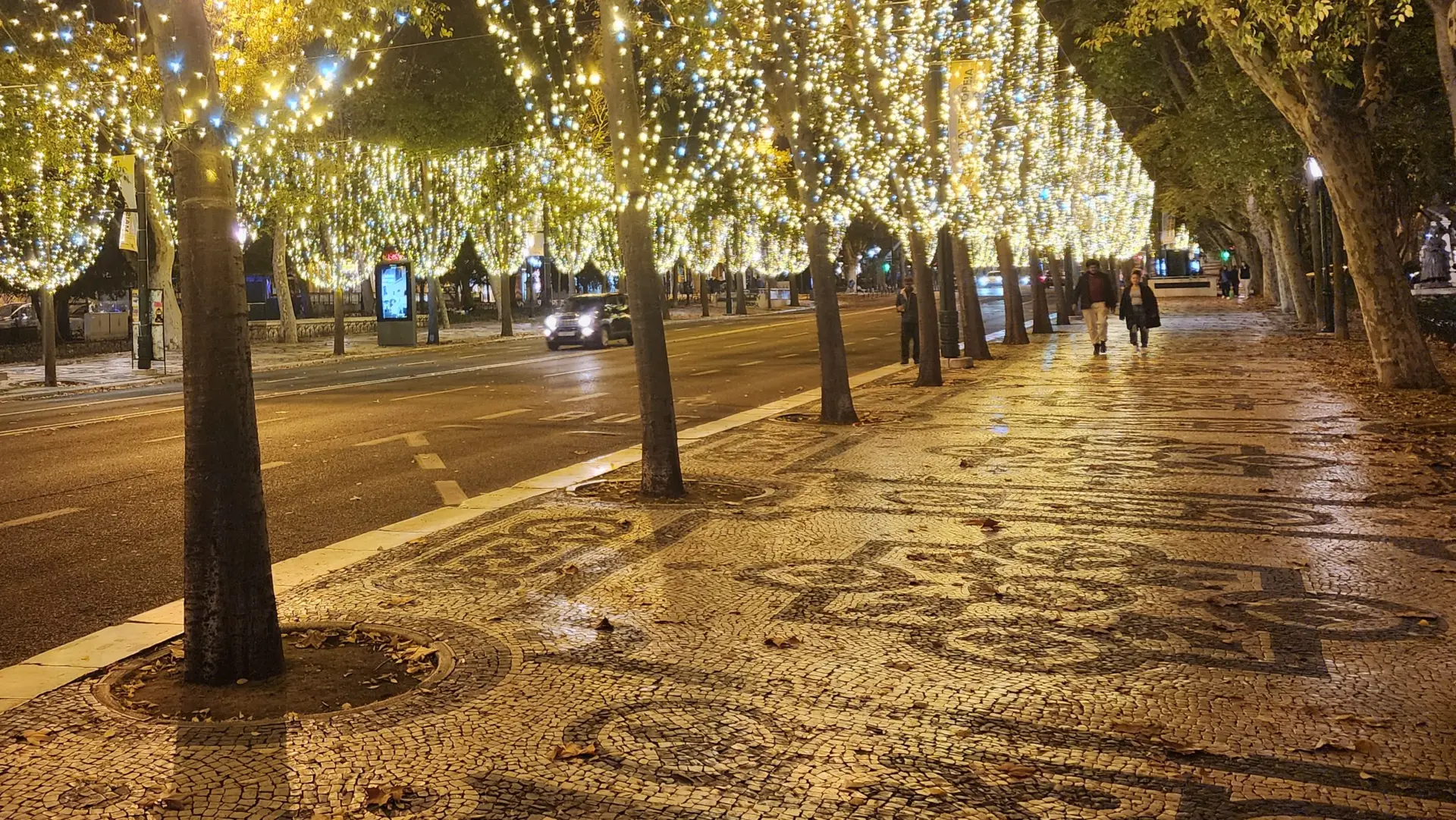
Baixa District: Every corner, plaza, and café seems to be framed with mosaic details—some whimsical, others stately. I spent so much time looking down I almost forgot to look up!
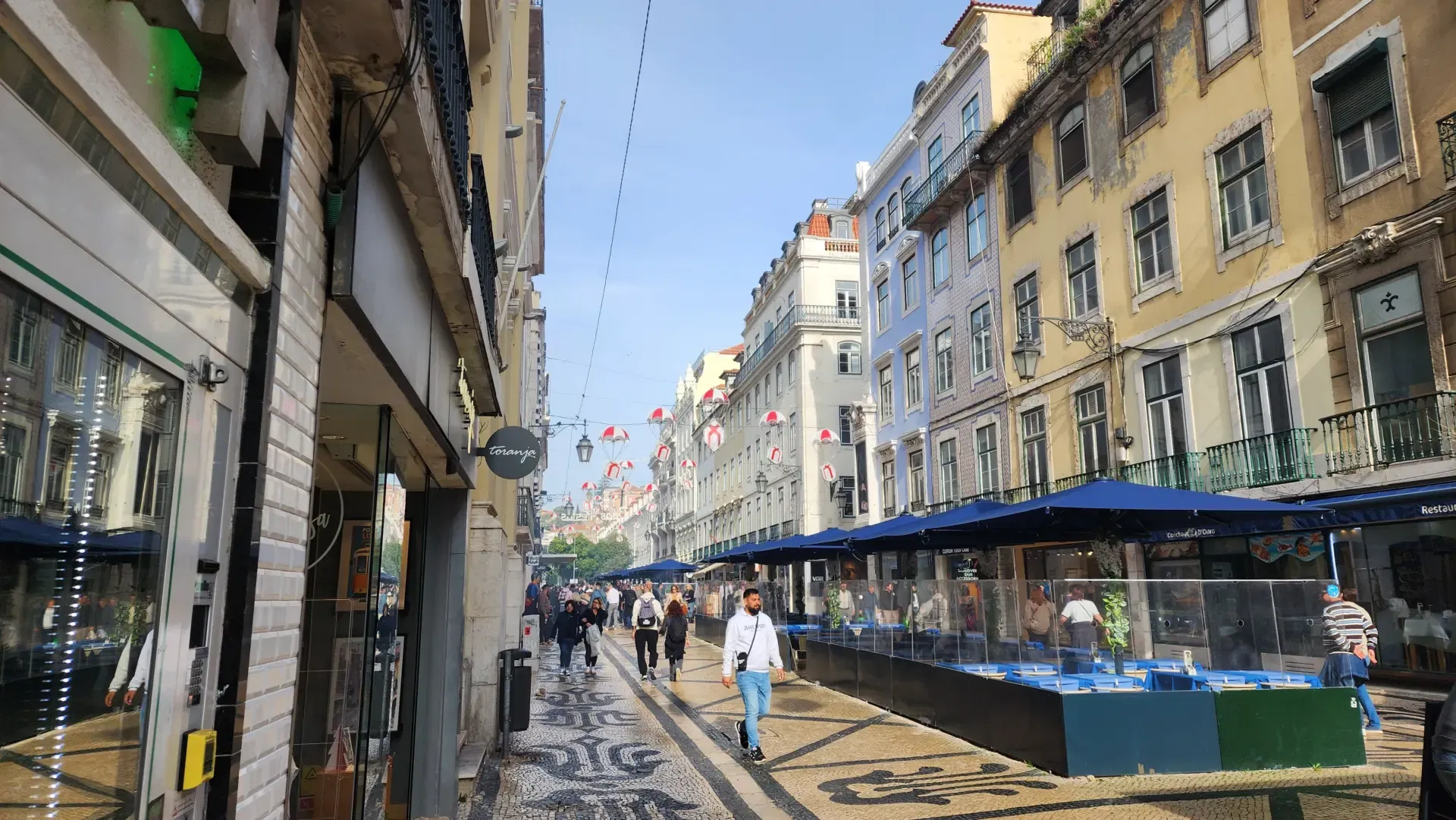
Chiado: Even smaller, tucked-away pedestrian areas had uniquely beautiful designs. I spotted stars, scrolls, and abstract patterns in unexpected places.
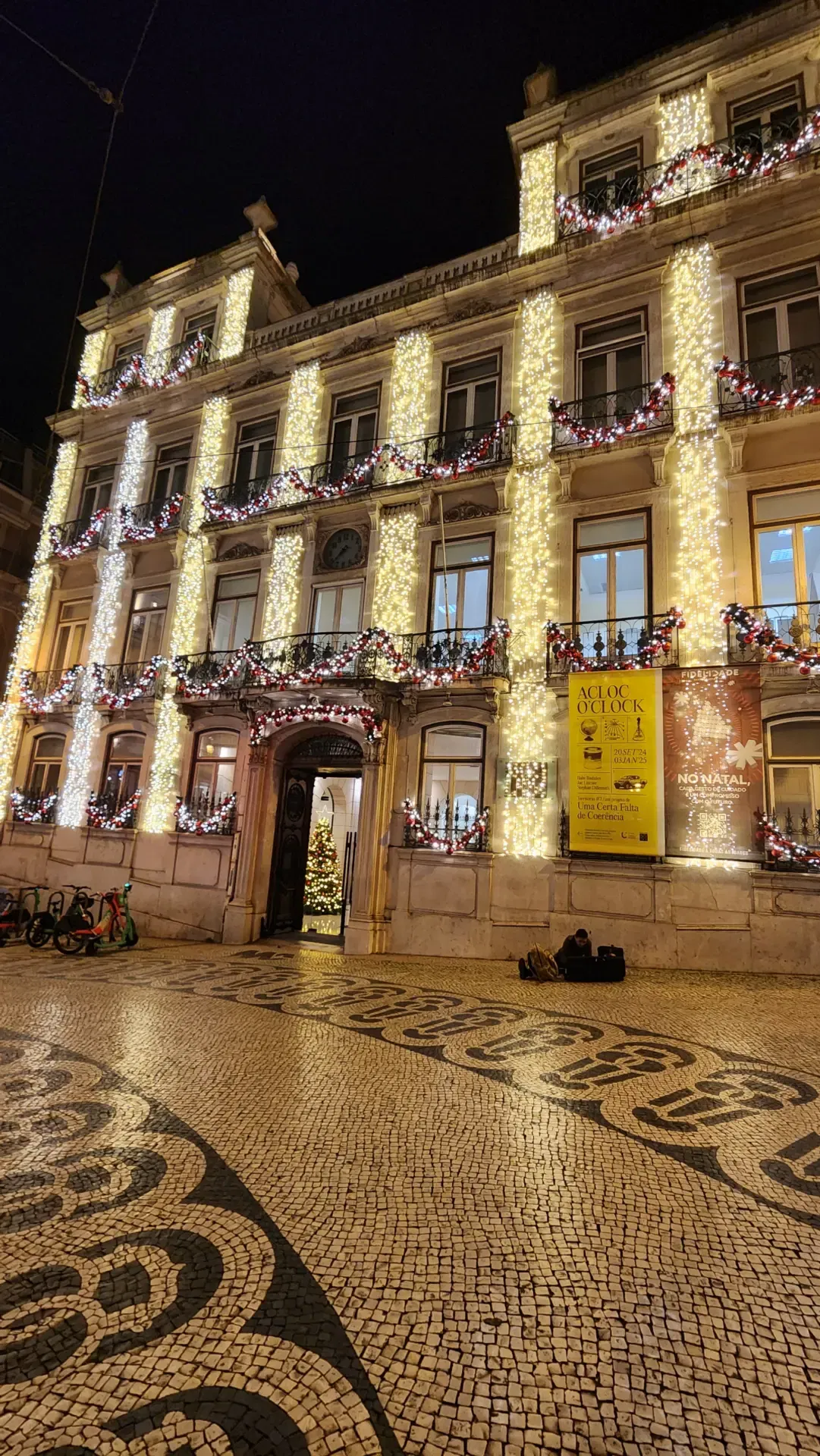
A Tribute to the Pavers
One of the most touching moments of my trip was in Restauradores Square, where I came across a quiet monument to the calceteiros—the artisans who design and lay these pavements by hand. The tribute is easy to miss if you’re not paying attention, but once I saw it, I stood still for a long moment.
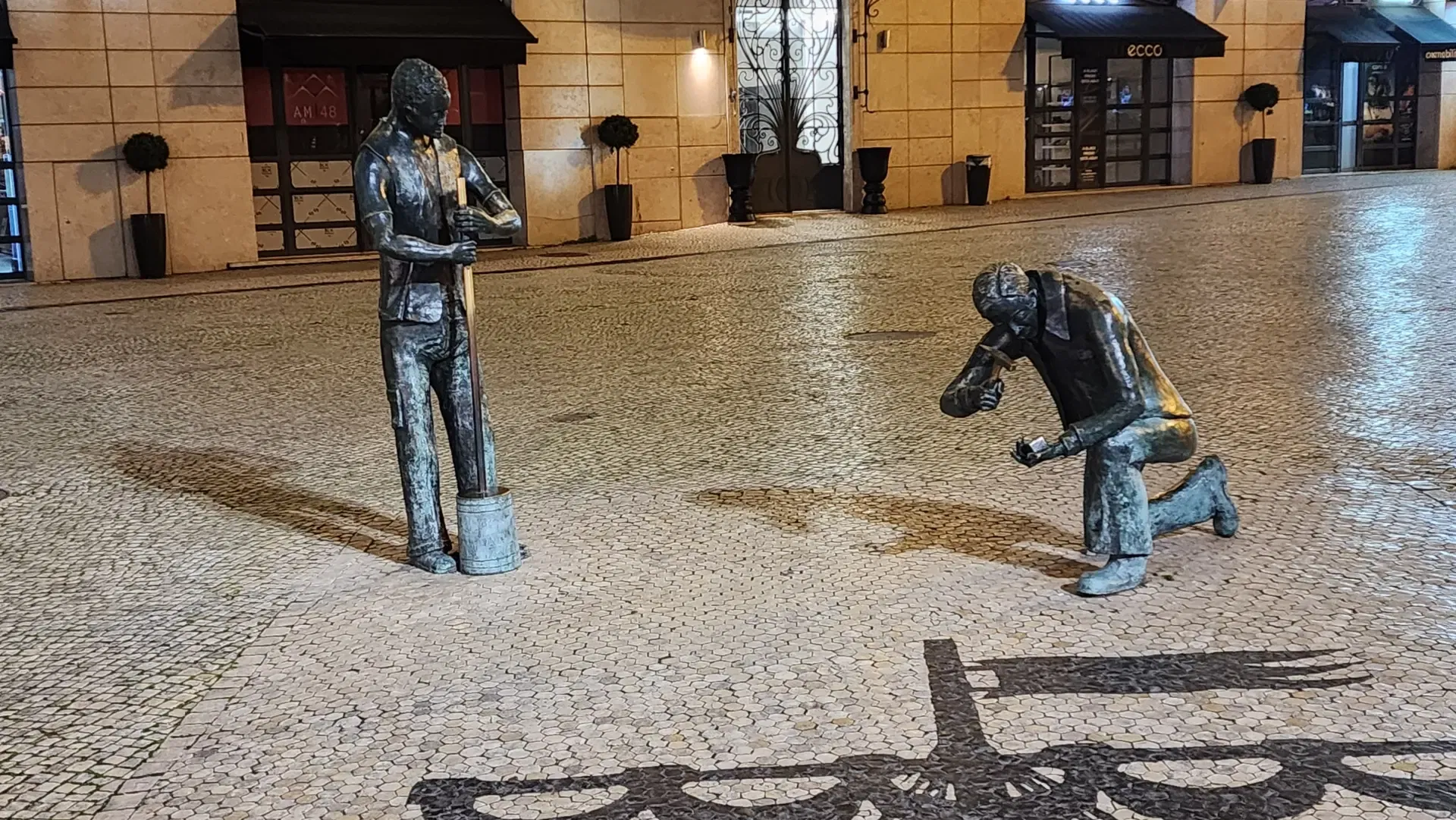
It features a plaque and symbolic pattern that celebrates these unsung artists of Lisbon. I loved that the city honored the people who shaped its sidewalks—those who work with precision, patience, and passion. Without them, the city’s streets wouldn’t just be less beautiful—they’d be less soulful, too.
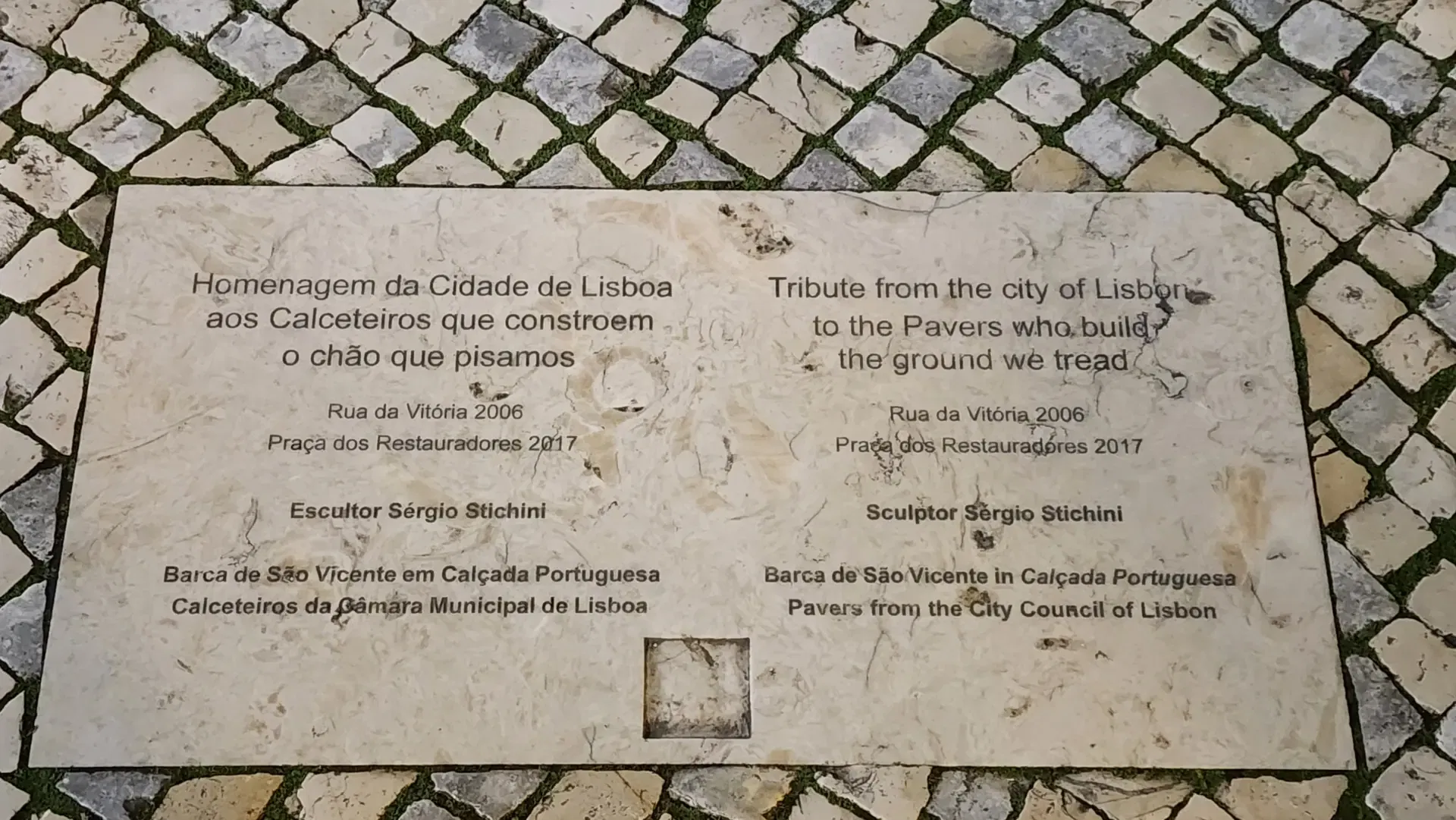
Why It Matters
Calçada is more than decoration—it’s cultural heritage, a form of artistic expression, and a deeply personal part of Lisbon’s identity. These mosaics have witnessed revolutions, parades, protests, and love stories. They’ve carried generations of Lisboetas and welcomed travelers from around the world.
They’re also a reminder that design doesn’t have to be grand to be meaningful. Even the everyday path beneath your feet can carry history, intention, and soul. Each stone is hand-cut, laid with care, and designed to blend beauty with function.
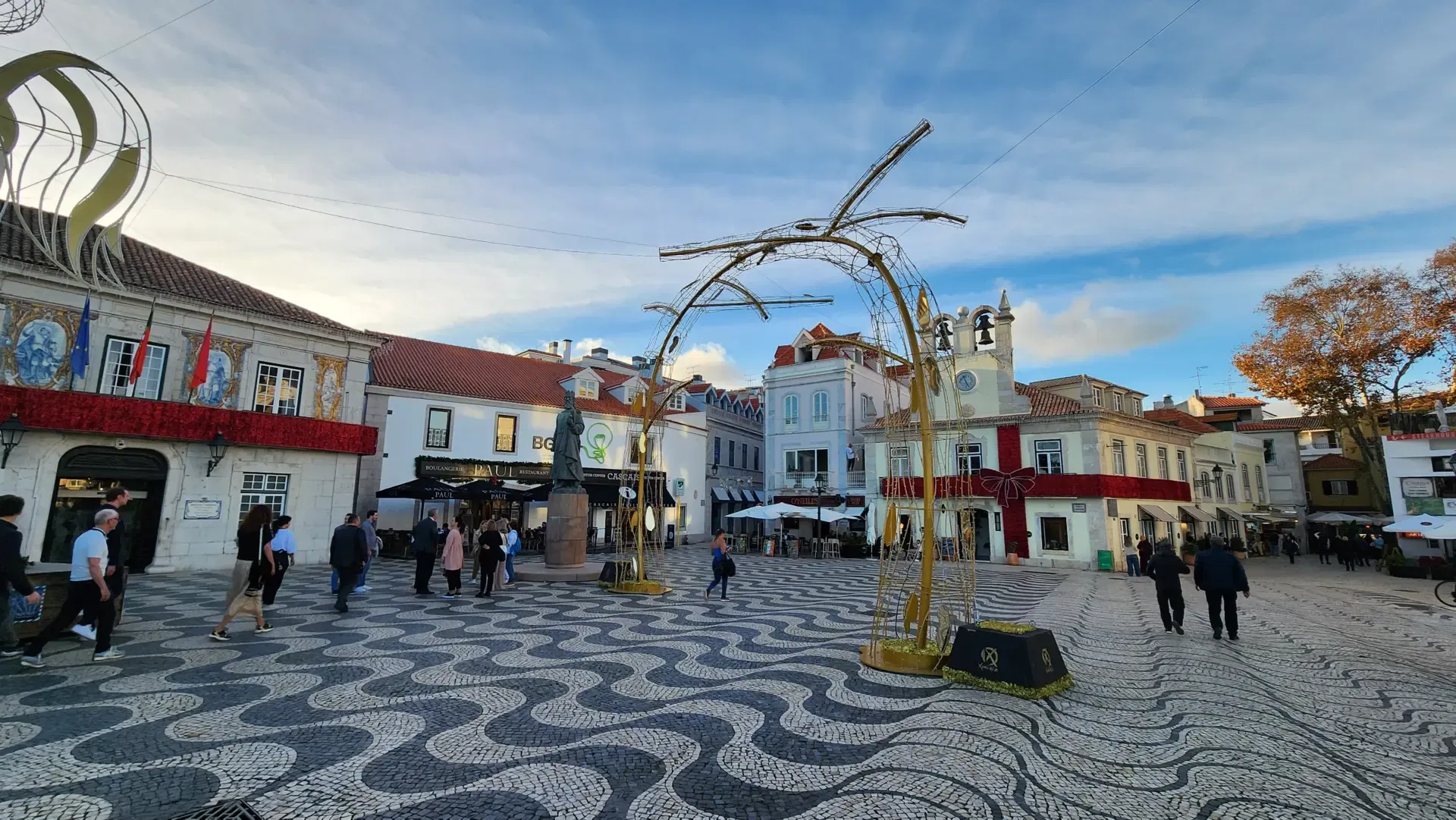
The patterns are not just aesthetic; they’re symbolic. Waves represent the sea and Portugal’s maritime legacy. Florals nod to nature and harmony. Geometric borders suggest order amidst the city’s winding rhythm. And they’re not mass-produced—they’re crafted by humans, for humans. And yes, they can be slippery when wet (especially in the rain!), but they’re also magical. Walk slowly. Admire the craftsmanship. Let the patterns guide you—and maybe even ground you.
Final Thoughts
In Lisbon, beauty isn’t just something you admire from afar—it’s something you walk on. These sidewalks aren’t just paths; they’re poems. They connect the past to the present, the practical to the poetic.
Whether you’re strolling down a grand boulevard or turning a quiet corner, Lisbon invites you to slow down and notice the details. So next time you’re there, take a moment to pause. Look down. Trace the curves. Think of the hands that placed each stone.
Because sometimes, the soul of a city is beneath your feet.
xoxo,
Bubbly💕

